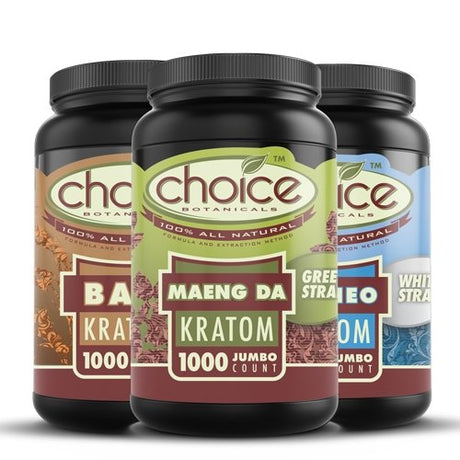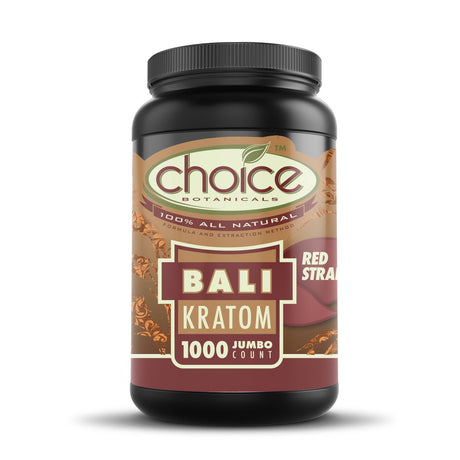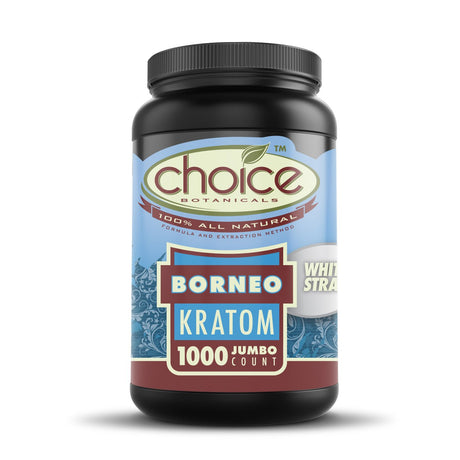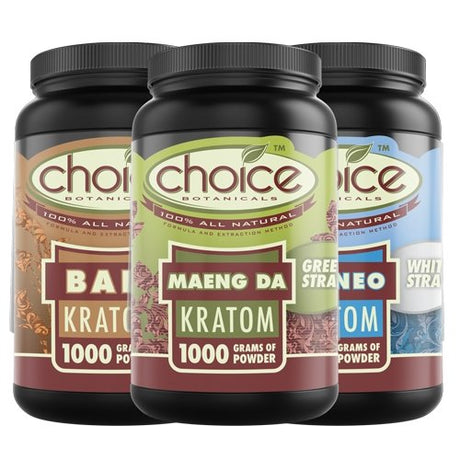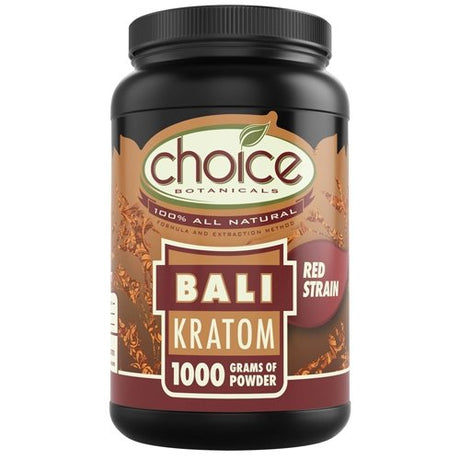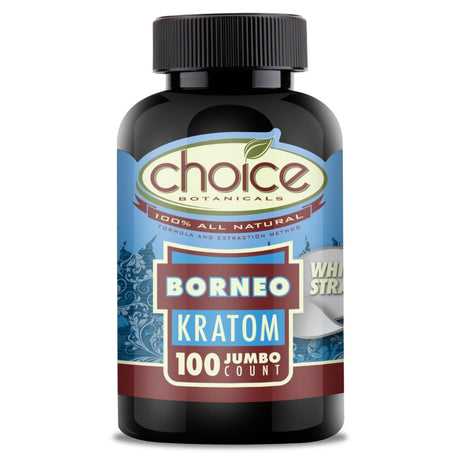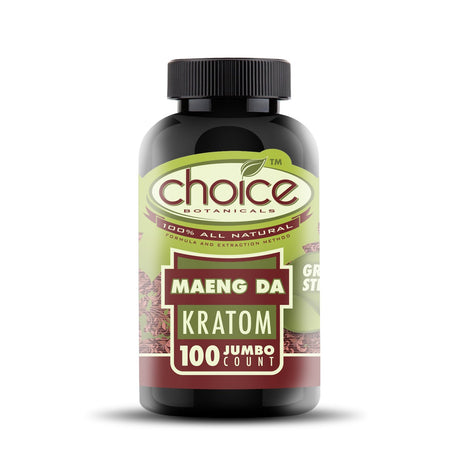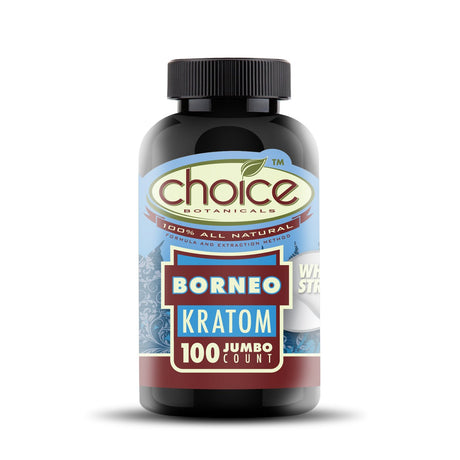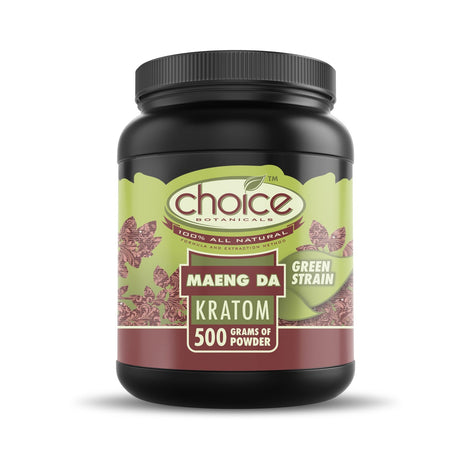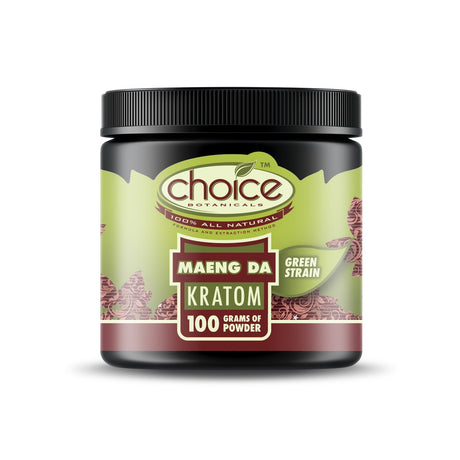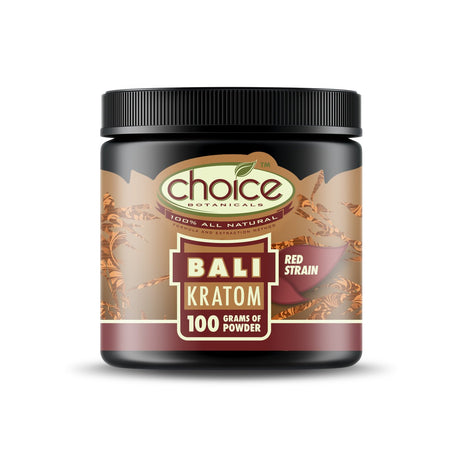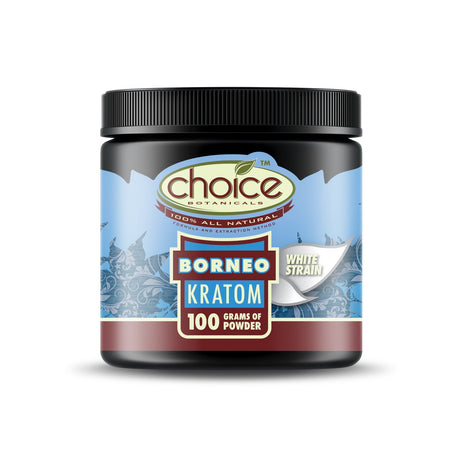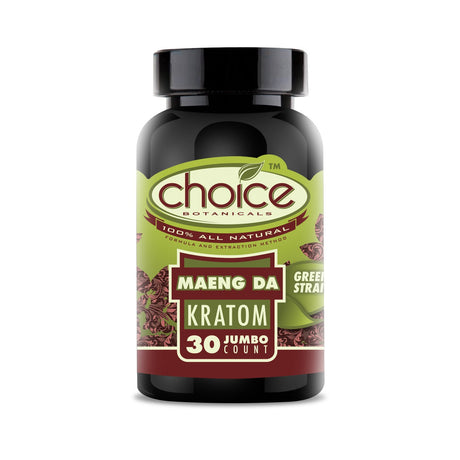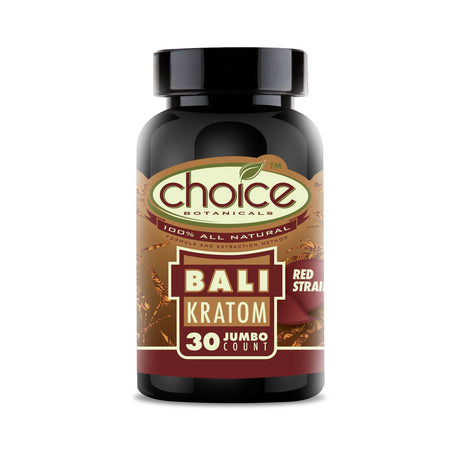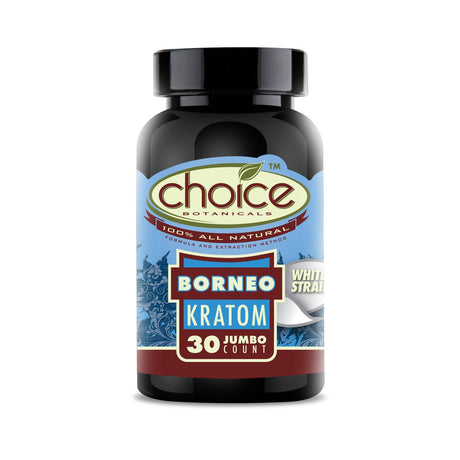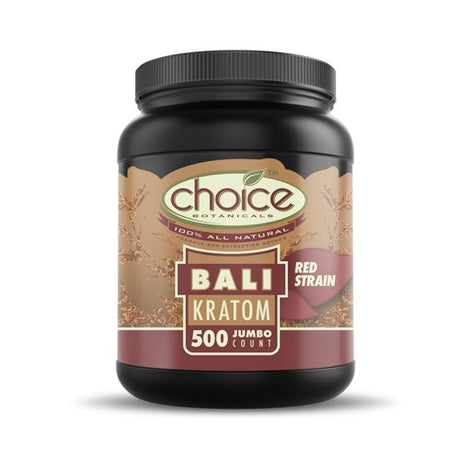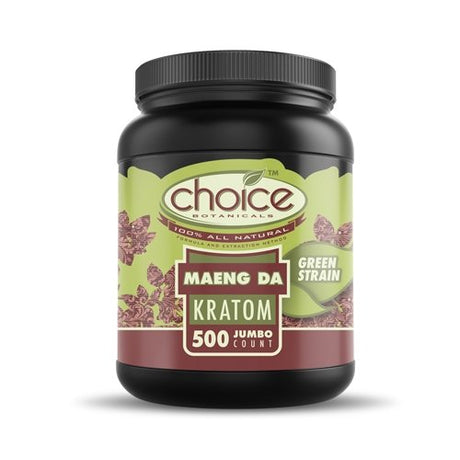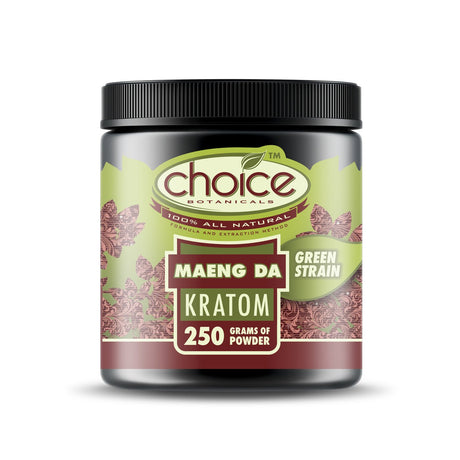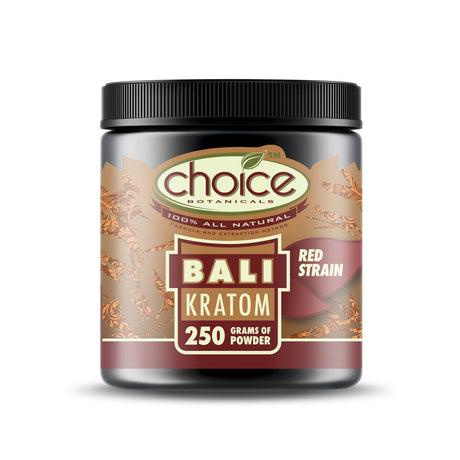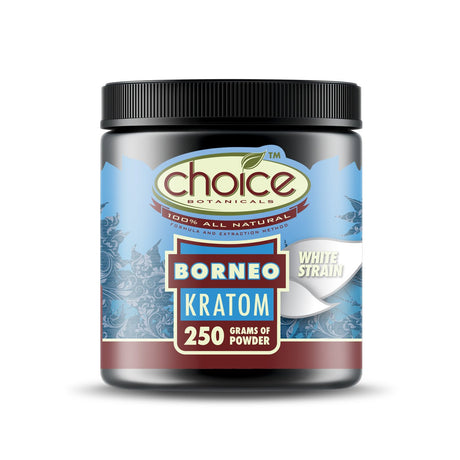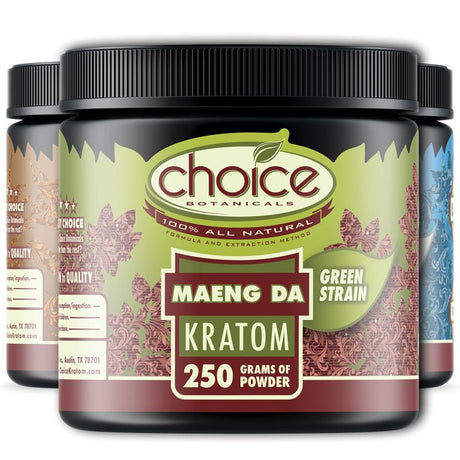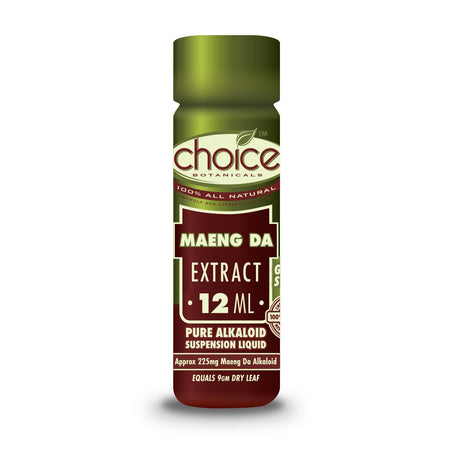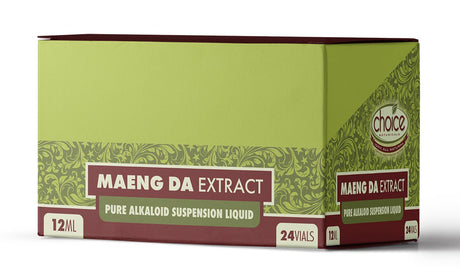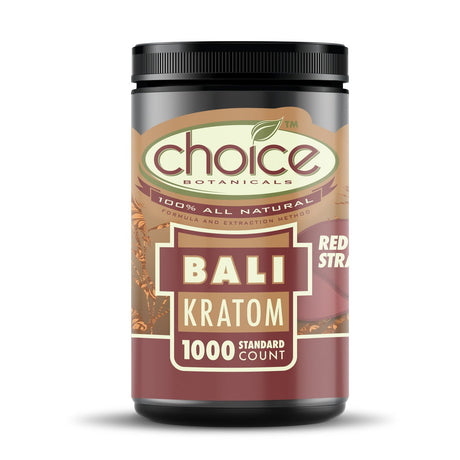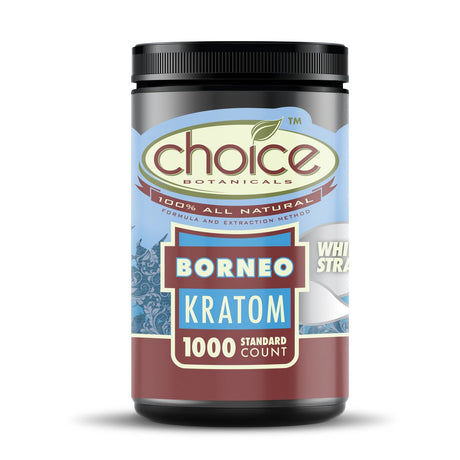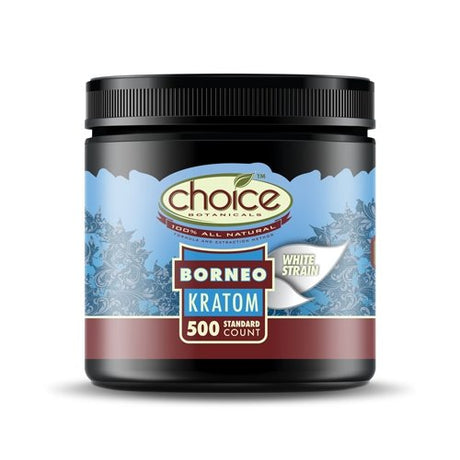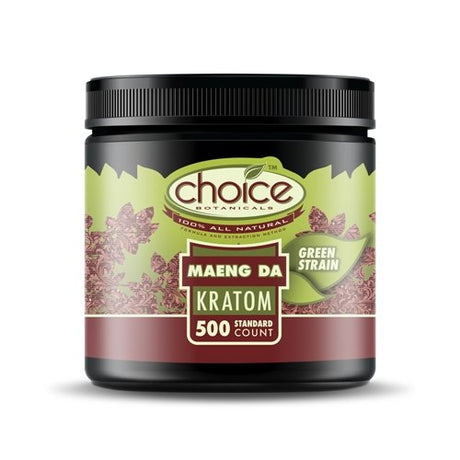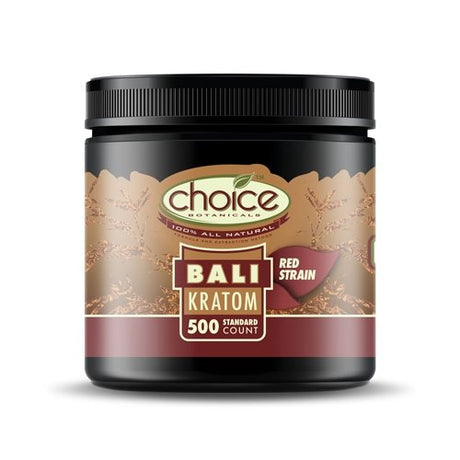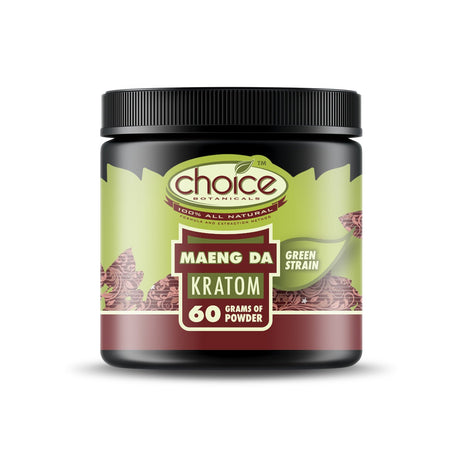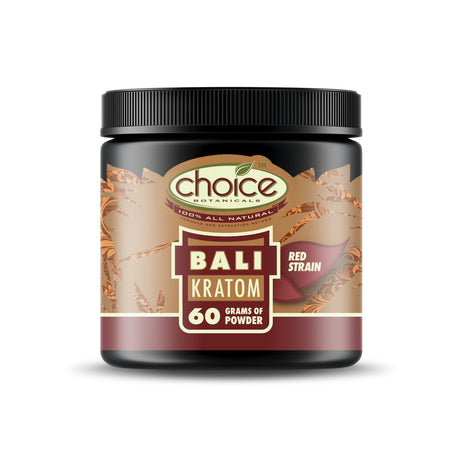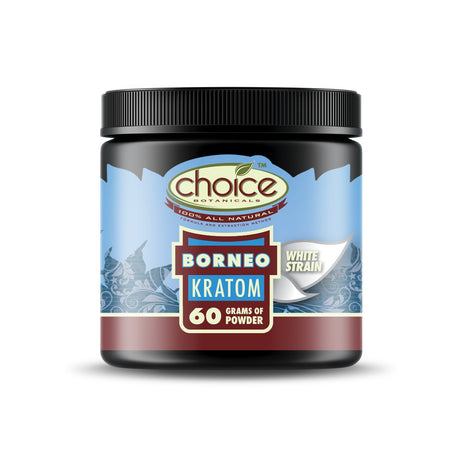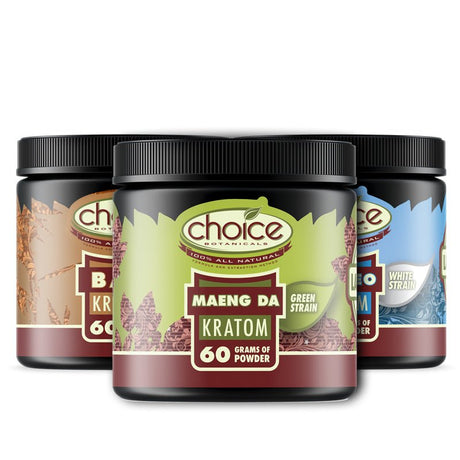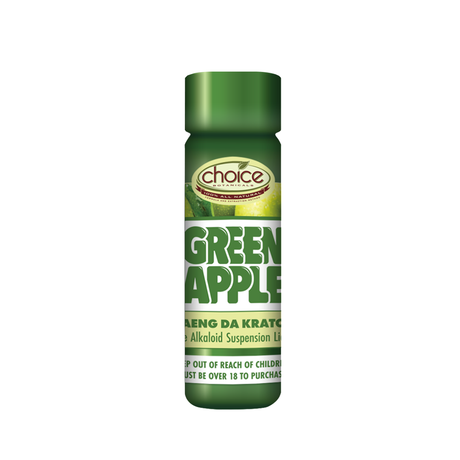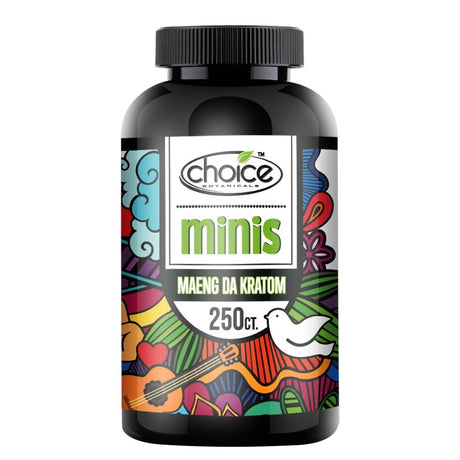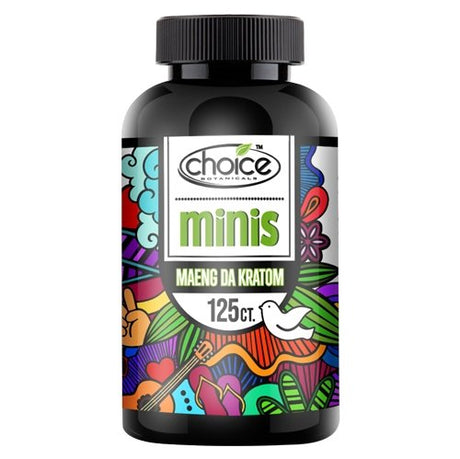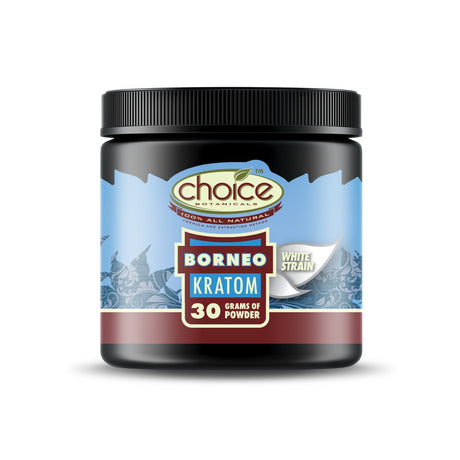Product Offers
Share your best offersChoice Botanicals 1000 Count Jumbo Kratom Capsules
100 Count Jumbo Kratom Capsules
Choice Botanicals 500 Gram Kratom Powder
Choice Botanicals 100 Gram Kratom Powder
Choice Botanicals 30 Count Jumbo Kratom Capsules
Choice Botanicals 500 Count Jumbo Kratom Capsules
Choice Botanical 250 Gram Kratom Powder
Choice Botanicals 12ML Kratom Liquid Extract
1,000 Standard Kratom Capsules - 500MG
500 Count Standard Kratom Capsules
Choice Botanicals 30ml Double Green Apple Kratom Extracts
Choice Botanicals Green Apple Liquid Kratom Extract - 15ML
Choice Minis Kratom Capsules 250ct
Choice Minis 125ct Kratom Capsules
Choice Botanicals 30 Gram Kratom Powder
60 Gram Kratom Powder Pick 3 Bundle
Kratom for Pain: Benefits & Risks

Hadiqa Naqvi-TFC Marketing |
Discover the benefits and risks of using Kratom for pain relief, including dosage guidelines and strain recommendations.
Discover the Power of Kratom for Pain Relief
Kratom, derived from the leaves of the kratom plant, has gained popularity as a natural alternative for pain relief. This powerful herb, traditionally used in Southeast Asia, offers a range of benefits for managing chronic pain conditions.
From back pain to arthritis, many users find Kratom to be an effective and safer option compared to conventional painkillers. In this blog, we will explore how Kratom works for pain relief, its benefits, potential risks, and how to use it safely.
Understanding the power of Kratom for pain relief can help you make informed decisions about incorporating this herbal remedy into your pain management regimen.

How Kratom Alleviates Pain: Mechanisms and Effects
Kratom alleviates pain through its interaction with the body's opioid receptors. The active compounds in Kratom, primarily mitragynine and 7-hydroxymitragynine, bind to these receptors, producing analgesic effects similar to opioids but with a lower risk of severe side effects.
Mechanisms of Pain Relief:
- Opioid Receptor Interaction: Kratom’s alkaloids bind to mu-opioid receptors, blocking pain signals and providing relief.
- Anti-Inflammatory Effects: Kratom has anti-inflammatory properties that can reduce pain associated with inflammation.
- Mood Enhancement: By improving mood and reducing anxiety, Kratom helps manage the psychological aspects of chronic pain.

Effects of Kratom for Pain:
- Immediate Relief: Users often experience quick pain relief after consuming Kratom.
- Long-Lasting Effects: Depending on the kratom dosage and strain, the effects can last several hours, providing sustained relief.
- Improved Quality of Life: Regular use can lead to better overall well-being by managing pain and associated symptoms.
Benefits of Using Kratom for Pain Management
Kratom offers several benefits for those seeking natural pain management solutions. Its versatility and range of effects make it a valuable tool for addressing various types of pain.
- Natural Alternative: Kratom is a natural, plant-based option that can be a safer alternative to synthetic painkillers.
- Reduced Dependency Risk: Compared to opioids, Kratom has a lower risk of addiction and dependency.
- Versatile Forms: Available as kratom powder, kratom capsules, and kratom extracts, users can choose the form that best suits their needs.
- Customized Dosage: Users can adjust the kratom dosage to achieve the desired level of pain relief without excessive sedation.
- Improved Mood: Kratom can enhance mood and reduce anxiety, which is beneficial for those with chronic pain.
- Anti-Inflammatory: Its anti-inflammatory properties help reduce pain and swelling associated with conditions like arthritis.
- Accessibility: Kratom products are widely available and can be purchased online, providing easy access for those in need of pain relief.
- Less Risk of Overdose: While caution is necessary, the risk of kratom overdose is generally lower compared to traditional opioids.
Potential Risks and Side Effects of Kratom for Pain
While Kratom can be beneficial for pain management, it is essential to be aware of the potential risks and side effects. Understanding these can help users take precautions and use Kratom safely.
- Dependency: Although the risk is lower than with opioids, regular use of Kratom can still lead to dependency.
- Gastrointestinal Issues: Some users may experience nausea, constipation, or stomach discomfort.
- Dizziness and Drowsiness: Higher doses of Kratom can cause dizziness and drowsiness, affecting daily activities.
- Tolerance: Prolonged use can lead to tolerance, requiring higher doses to achieve the same effects.
- Legal Concerns: The legality of Kratom varies by region, and it is essential to be aware of local regulations when purchasing and using Kratom products.
- Interaction with Other Substances: Mixing Kratom with other substances, such as alcohol, can increase the risk of adverse effects.
- Quality Control: The unregulated market means some Kratom products may be contaminated or mislabeled, leading to health risks.
- Kratom Overdose: While rare, taking excessively high doses of Kratom can lead to overdose, characterized by severe nausea, vomiting, and sedation.
Choosing the Best Kratom Strains for Pain Relief
Selecting the right Kratom strain is crucial for achieving effective pain relief. Different strains of the kratom plant offer varying effects, making it important to choose the one that best suits your needs. Here are some of the most popular kratom strains known for their pain-relieving properties:
- Red Bali Kratom: Known for its potent analgesic effects, Red Bali is one of the most popular strains for pain relief. It provides strong sedative effects, making it ideal for evening use or for those dealing with chronic pain that interferes with sleep.
- Red Maeng Da Kratom: This strain is highly regarded for its powerful pain-relieving properties and is often chosen by those with severe pain conditions. Red Maeng Da not only provides pain relief but also offers an energy boost, making it suitable for daytime use.
- Green Malay Kratom: Green Malay is a versatile strain that offers a balance of pain relief and energy. It is less sedating than red strains, making it a good option for those who need pain relief without feeling overly drowsy.
- White Borneo Kratom: While white strains are generally more stimulating, White Borneo can provide effective pain relief with a boost of energy. This makes it a good choice for those who need to manage pain while staying productive.
- Gold Kratom: Gold Kratom is created through a special drying process that enhances its pain-relieving properties. It provides a balanced effect, offering both pain relief and mild stimulation.
Kratom Dosage Guidelines for Effective Pain Relief
Proper dosing is essential to achieve the desired pain-relieving effects of Kratom while minimizing the risk of side effects. Here are some guidelines to help you determine the appropriate kratom dosage:
- Start Low: If you are new to Kratom, start with a low dose of 2-3 grams. This allows you to gauge your body's response and avoid any potential adverse effects.
- Gradually Increase: If the initial dose does not provide sufficient pain relief, gradually increase the dosage by 0.5-1 gram at a time. Wait at least an hour between doses to assess the effects.
- Moderate Dose: For most users, a moderate dose of 4-6 grams is effective for pain relief. This range provides significant analgesic effects without excessive sedation.
- High Dose: Doses of 7-8 grams or more are generally considered high and should be used with caution. High doses can lead to increased sedation and a higher risk of side effects.
- Monitor Tolerance: Regular use of Kratom can lead to tolerance, requiring higher doses to achieve the same effects. To avoid tolerance, take breaks and rotate different strains.
- Consult a Professional: If you have any medical conditions or are taking other medications, consult a healthcare professional before using Kratom.
Comparing Kratom to Traditional Painkillers: Pros and Cons
Kratom and traditional painkillers both offer pain relief, but they differ significantly in their mechanisms, side effects, and potential for dependency. Understanding these differences can help you make an informed decision about which option is best for you.
Pros and Cons of Kratom vs. Traditional Painkillers
| Aspect | Kratom | Traditional Painkillers |
|---|---|---|
| Mechanism | Binds to opioid receptors; anti-inflammatory | Binds to opioid receptors; anti-inflammatory |
| Risk of Dependency | Lower than opioids, but possible | High, especially with opioids |
| Side Effects | Nausea, constipation, dizziness | Nausea, constipation, respiratory depression |
| Overdose Risk | Lower risk of severe overdose | High, especially with opioids |
| Natural vs. Synthetic | Natural plant-based product | Synthetic or semi-synthetic pharmaceuticals |
| Regulation | Varies by region; less regulated | Strictly regulated |
| Cost | Generally lower | Can be expensive, depending on medication |
| Accessibility | Can buy kratom online or in stores | Requires prescription for many painkillers |
Pros of Kratom:
- Natural Alternative: Kratom is a natural, plant-based option that appeals to those seeking an alternative to synthetic drugs.
- Lower Dependency Risk: Kratom has a lower risk of dependency compared to opioids.
- Cost-Effective: Generally, Kratom is more affordable than many prescription painkillers.
- Accessibility: Kratom products are widely available and can be purchased online or in stores.
Cons of Kratom:
- Less Regulation: The kratom market is less regulated, which can lead to variability in product quality.
- Potential Side Effects: Users may experience nausea, constipation, and dizziness, especially at higher doses.
- Legal Concerns: The legality of Kratom varies by region, which can impact accessibility and use.
Pros of Traditional Painkillers:
- Effective Pain Relief: Prescription painkillers, especially opioids, provide powerful and immediate pain relief.
- Regulated Quality: Pharmaceuticals are strictly regulated, ensuring consistent quality and dosage.
Cons of Traditional Painkillers:
- High Dependency Risk: Opioid painkillers have a high risk of dependency and addiction.
- Cost: Prescription medications can be expensive, especially without insurance.
- Side Effects: Common side effects include nausea, constipation, and, in severe cases, respiratory depression.
How Long Does Kratom Take to Relieve Pain?
The time it takes for Kratom to relieve pain depends on several factors, including the method of consumption, dosage, and individual metabolism. Generally, users can start to feel the effects of Kratom within 20 to 45 minutes after ingestion. Here is a comparison of different Kratom consumption methods and their onset times:
Comparison Table: Kratom Consumption Methods and Onset Times
| Consumption Method | Onset Time | Duration of Effects | Notes |
|---|---|---|---|
| Kratom Tea | 15-30 minutes | 3-5 hours | Quick absorption; pleasant experience |
| Kratom Capsules | 30-45 minutes | 4-6 hours | Convenient but slower onset |
| Kratom Powder | 20-30 minutes | 4-6 hours | Fast onset when mixed with liquids |
| Kratom Extracts | 10-20 minutes | 5-7 hours | Highly concentrated; potent effects |
| Kratom Edibles | 30-60 minutes | 6-8 hours | Slow release; prolonged effects |
The Role of Kratom in Managing Chronic Pain Conditions
Kratom plays a significant role in managing chronic pain conditions due to its unique properties. The active alkaloids in Kratom, such as mitragynine and 7-hydroxymitragynine, interact with opioid receptors in the brain to provide pain relief without the severe side effects associated with traditional opioids.
Chronic Pain Conditions Managed by Kratom:
- Arthritis: Kratom’s anti-inflammatory properties help reduce joint pain and swelling.
- Fibromyalgia: Users report relief from the widespread pain and fatigue associated with fibromyalgia.
- Back Pain: Kratom’s analgesic effects can help alleviate chronic back pain, improving mobility and quality of life.
- Neuropathic Pain: Conditions like diabetic neuropathy can benefit from Kratom’s ability to modulate pain signals.
- Migraines: Some users find Kratom effective in reducing the frequency and intensity of migraine headaches.
The History and Traditional Uses of Kratom for Pain Relief
Kratom has been used for centuries in Southeast Asia for its medicinal properties. Traditionally, the leaves of the kratom plant were chewed or brewed into tea by indigenous communities in countries like Thailand, Malaysia, and Indonesia. Kratom was primarily used for its analgesic effects, helping laborers and farmers endure long hours of physical work by alleviating pain and providing a boost in energy.
In addition to pain relief, Kratom was also used for its mood-enhancing properties. It was consumed during social and cultural rituals to promote a sense of well-being and camaraderie among community members. The traditional use of Kratom reflects its versatility and effectiveness as a natural remedy for various ailments, including pain, fatigue, and gastrointestinal issues.
Kratom for Post-Surgical Pain: What You Need to Know
Kratom can be a valuable tool for managing post-surgical pain, offering an alternative to traditional opioids. Post-surgery, managing pain effectively is crucial for a smooth recovery. Kratom’s analgesic properties make it a potential option for those looking to avoid the side effects and dependency risks associated with opioid painkillers.
Before using Kratom for post-surgical pain, it is essential to consult with your surgeon or healthcare provider. They can provide guidance on appropriate kratom dosages and monitor for any potential interactions with other medications prescribed post-surgery. Starting with a low dose and gradually adjusting as needed can help manage pain effectively without excessive sedation.

Additionally, choosing the right strain is crucial. Strains like Red Bali and Red Maeng Da are known for their potent analgesic effects and can provide substantial pain relief. Monitoring for any side effects, such as nausea or dizziness, is important to ensure a safe and effective pain management plan.
Kratom for Pain Relief in Pets: Is It Safe?
Using Kratom for pain relief in pets is a topic of debate, and it is crucial to approach this with caution. While some anecdotal evidence suggests Kratom can help manage pain in animals, there is limited scientific research on its safety and efficacy.
Considerations for Using Kratom in Pets:
- Consult a Veterinarian: Always seek advice from a veterinarian before giving Kratom to pets.
- Use Pet-Specific Products: If considering Kratom, use products specifically formulated for animals.
- Monitor for Side Effects: Watch for any adverse reactions such as vomiting, lethargy, or changes in behavior.
- Start with Very Low Doses: Begin with minimal doses and observe the pet’s response.
- Avoid Long-Term Use: Limit Kratom use to short-term pain management to avoid potential dependency or side effects.

Final Thoughts
Kratom offers promising benefits for pain relief, providing a natural alternative to traditional painkillers. However, it is essential to use Kratom responsibly, starting with low doses and consulting healthcare professionals when necessary. Understanding the legal status, choosing high-quality products, and being aware of potential risks can help users maximize the benefits of Kratom while minimizing adverse effects.
FAQs
How do I avoid building a tolerance to Kratom?
Rotate different kratom strains and take regular breaks to avoid building a tolerance.
What should first-time Kratom users expect?
First-time users should start with a low dose, choose the appropriate strain, stay hydrated, and monitor their body’s response.
How can I ensure the quality of Kratom products?
Purchase from reputable vendors who provide lab testing and certification for their products to ensure quality and purity.
Can Kratom be combined with other pain relief methods?
Kratom can be combined with other natural pain relief methods, but avoid mixing it with other medications or alcohol without professional advice.
What are the legal considerations for using Kratom?
The legal status of Kratom varies by region, so it is essential to check local regulations before purchasing and using Kratom products.

